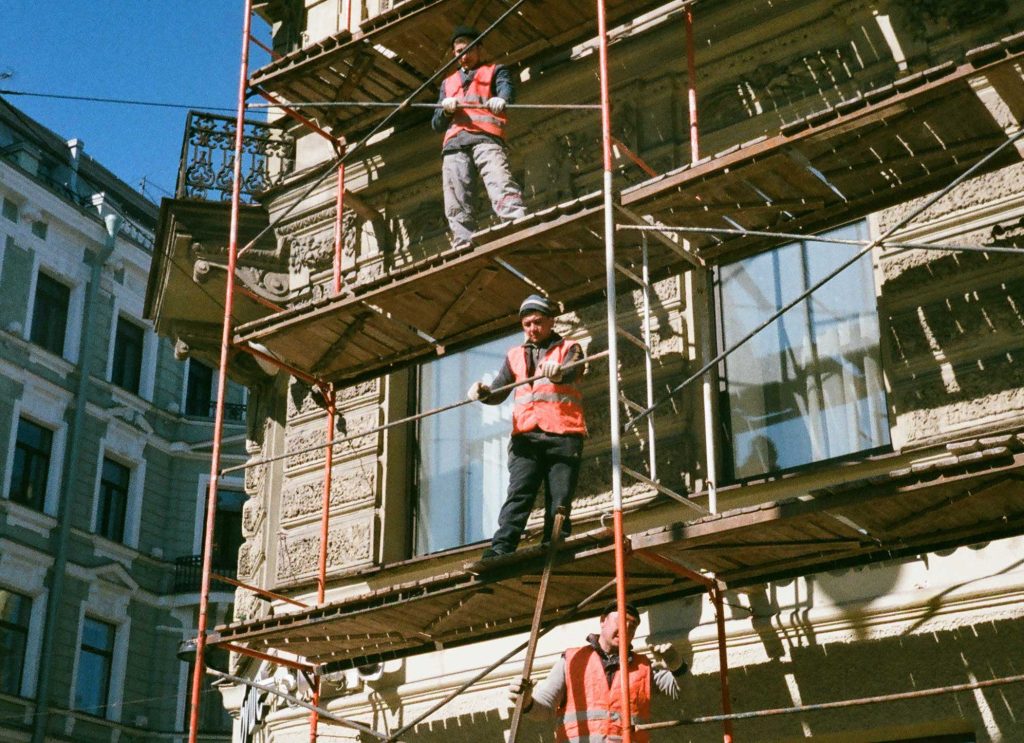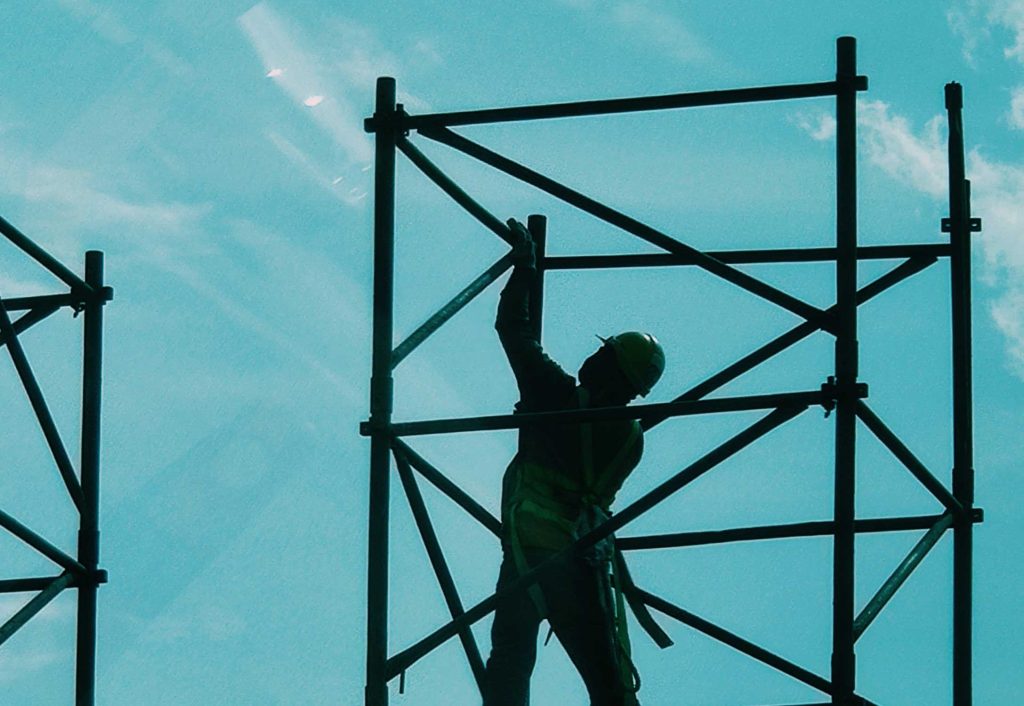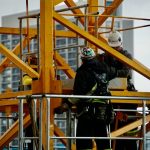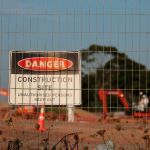Statistics show that construction workers constitute only 5 percent of NYC’s workforce. But they account for approximately 27 percent of work-related injuries, significantly higher than the 21 percent nationwide average.
Construction-related deaths and injuries have always been a cause for concern in NYC. Although construction-related deaths and injuries have steadily been decreasing in NYC for the past three years, the reality is that there are still too many untoward construction incidents in the city.
The DOB is understandably concerned and has created several guidelines to protect workers and pedestrians on construction or demolition sites.
Section 3301.1.1 of DOB’s Chapter 33 states that the property owner, construction manager, general contractor, subcontractor, material men, registered design professionals, and other engaged parties are all responsible for ensuring worksite safety for workers and pedestrians.
Section 3301.2 also states that contractors, construction managers, and subcontractors are responsible for ensuring compliance with the safety measures outlined in this chapter.
In addition, Chapter 33 also lists some specific safeguards construction sites must follow to ensure worksite safety.
How to Ensure Pedestrian Safety on Construction and Demolition Sites
Section 3307.2 of DOB’s Chapter 33 states that streets, including walkways, sidewalks, and pathways, must follow the requirements listed in Sections 3307.2.1 to 3307.2.6. In addition, they must also adhere to the Department of Transportation’s requirements to ensure safety.
If construction obstructs a street or sidewalk, it must adhere to the Department of Transportation’s requirements.
Section 3307.2.2 also states the importance of creating a temporary public walkway in the street if authorized by the Department of Transportation. This temporary walkway must also meet the DOT’s requirements. Similarly, commissioners might also authorize a temporary public walkway’s creation within a worksite. This walkway must be open to the public in an otherwise closed and fenced site.
Sites with a temporary walkway must be protected by a sidewalk shed with overhead protection and lighting. They must also be enclosed on the side with a solid fence that meets the requirements listed in Section 3307.7. Permit holders must enclose the gap with a wire screen if the sidewalk shed or overhead protection is higher than the fence.
Similarly, if footbridges are used for a walkway, they must have guardrails across their entire length. They must also have cleats to prevent people from slipping. Well-placed planks must be used to secure the footbridge to eliminate tripping hazards.
Section 3307.2.6 also lists guidelines for sidewalks, temporary walkways, footbridges, and pathways. They include:
- A clear path with no obstructions and at least 5 feet wide
- A durable walking surface that can support imposed loads
- Mirrors at blind corners
- Temporary walkways or footbridges with elevation must have running slopes that aren’t steeper than eight percent.
What Are the Requirements for Warning Signs, Personnel, and Barriers?
Section 3307.4 also states the importance of barriers, warning signs, and personnel to protect the public from construction and demolition hazards.
Obstructions and openings must be marked by barriers, flags, or signs per the DOT’s requirements. Similarly, descriptive signs must also be used for dangerous areas that might endanger public health and safety.
Section 3307.5 also states watch persons and flag-persons are required as per Section 3303.3 and Section 3307.4 to protect the public from the hazards of construction and demolition sites.

Get Started with RC Safety Inc
RC Safety Inc has experienced site safety consultants who can help your construction or demolition site adhere to the DOB’s guidelines. We can help if you’re searching for competitive site safety services in NYC. We can also assist construction sites by facilitating site safety training NYC for workers. In addition, we can provide DOB-licensed site safety managers, coordinators, and construction superintendents for your worksite.
Visit our website for more information. Alternatively, contact us to get started.





